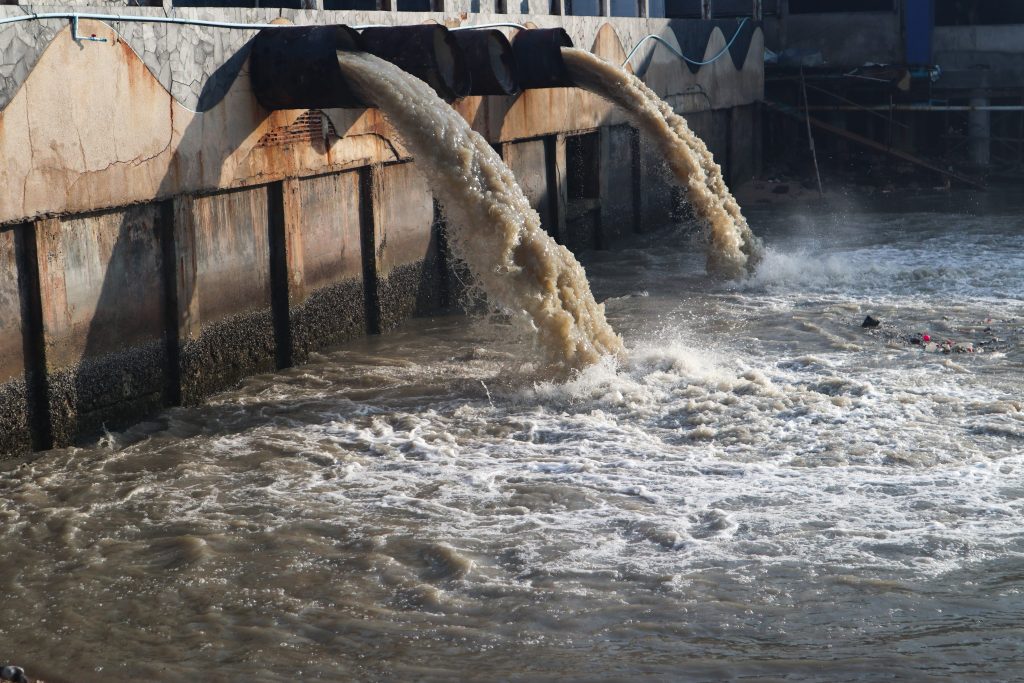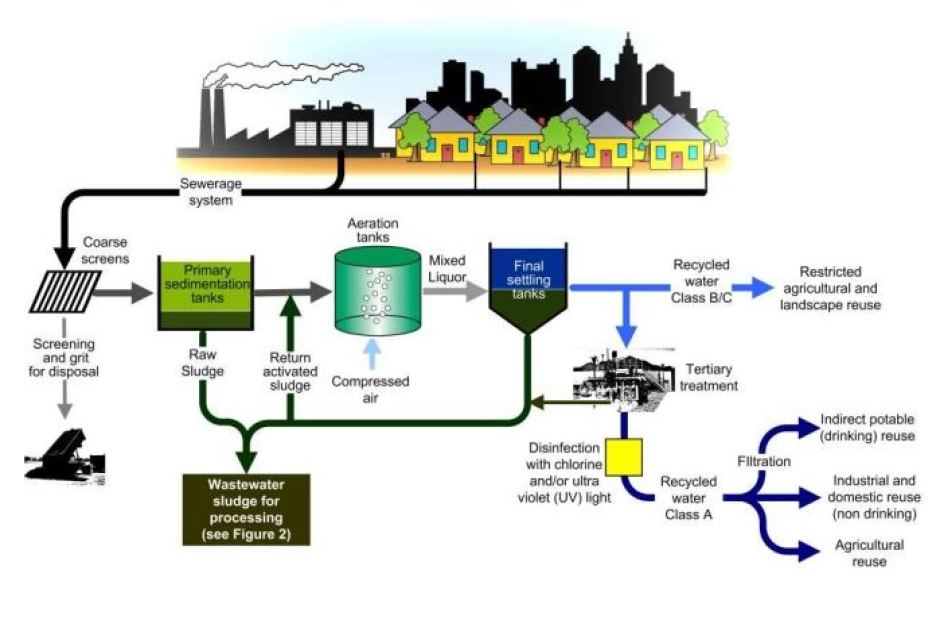Industrial Waste Water Treatment-- Safeguard the Atmosphere with Professional Water Treatment Services
Industrial Waste Water Treatment-- Safeguard the Atmosphere with Professional Water Treatment Services
Blog Article
Technologies and Developments in Industrial Waste Water Therapy Technologies
The landscape of industrial wastewater therapy is undergoing a transformative shift, driven by technologies that enhance both performance and sustainability. As regulative criteria progress, the assimilation of AI and machine discovering right into wastewater management systems guarantees to guarantee and simplify procedures compliance.
Introduction of Drainage Therapy Technologies
Wastewater therapy innovations include an array of approaches made to remove impurities from commercial effluents before their release into the environment. These innovations are vital for preserving eco-friendly equilibrium and guaranteeing compliance with environmental regulations. The primary groups of wastewater therapy include physical, chemical, and biological methods, each serving distinct purposes based upon the nature of the impurities existing.

Biological therapy approaches use microorganisms to deteriorate raw material, making them particularly efficient for organic-rich effluents. Methods like turned on sludge and biofilm activators harness the all-natural destruction capabilities of bacteria, causing considerable decreases in biochemical oxygen need (FIGURE)
Advanced Purification Strategies
Advanced filtration techniques represent a vital advancement in the world of commercial wastewater therapy, boosting the performance of impurity elimination procedures. Industrial Waste Water Treatment. These methods encompass a series of innovations, consisting of microfiltration, ultrafiltration, nanofiltration, and turn around osmosis, which give consecutive obstacles for various particle sizes and chemical frameworks
Microfiltration and ultrafiltration utilize membrane systems to eliminate put on hold solids, germs, and bigger natural molecules, improving the quality of effluent prior to further treatment. Nanofiltration bridges the gap between ultrafiltration and reverse osmosis, efficiently getting rid of organic compounds and divalent ions, therefore minimizing the lots on downstream processes.
Reverse osmosis offers the highest degree of purification by allowing only water and little molecules to travel through its semi-permeable membranes, making it ideal for redeeming high-quality water from commercial effluents. Current improvements in membrane technology, including the growth of even more long lasting and fouling-resistant materials, have actually substantially improved functional effectiveness and reduced expenses.
Incorporating these innovative filtering techniques not just improves the overall therapy process yet likewise adds to sustainability initiatives by enabling water reuse and resource recuperation in commercial settings. (Industrial Waste Water Treatment)
Biological Therapy Developments

In addition, the advancement of engineered organic systems, such as membrane bioreactors (MBRs), incorporates organic therapy with sophisticated membrane layer purification. This combination permits greater effluent high quality and reduced impact, making it suitable for space-constrained commercial facilities. Technologies in genetically engineered microbes have additionally emerged, improving the biodegradation of specific impurities, such as pharmaceuticals and hefty steels, that are typically testing to remove.
In addition, the implementation of bioaugmentation approaches, where useful microbes are introduced to boost the existing biological treatment procedures, has shown encouraging results in enhancing therapy performance. These developments jointly signify a pattern in the direction of even more sustainable and effective biological treatment techniques that can adjust to the developing complexities of commercial wastewater streams. As sectors continue to prioritize ecological compliance, these biological advancements will certainly play a crucial function in wastewater monitoring.

Resource Recovery Approaches
In industrial setups, the combination of source healing methods has actually become significantly important for enhancing sustainability and lessening waste. These methods concentrate on extracting beneficial materials and power from wastewater streams, consequently changing prospective pollutants into multiple-use resources.
One noticeable technique is nutrient healing, where nitrogen and phosphorus, frequently existing over in wastewater, are caught and transformed into fertilizers. This not just reduces ecological impacts however additionally provides a round economic situation service for farming applications. Additionally, innovations such as anaerobic food digestion enable the conversion of organic waste right into biogas, a renewable energy resource that can balance out fossil gas use in commercial procedures.
Furthermore, advanced purification and membrane layer technologies assist in the recuperation of industrial by-products such as steels and salts. These recouped materials can be reintegrated into production procedures, reducing the need for virgin resources.
Future Patterns in Waste Water Administration
As markets significantly focus on sustainability, the future of wastewater management is set to undergo considerable improvements. Technical advancements, such as expert system and artificial intelligence, will enable much more reliable monitoring and management of wastewater systems. These technologies can anticipate upkeep requirements, maximize therapy procedures, and boost decision-making, inevitably lowering operational costs and environmental impact.
Furthermore, the combination of circular economy principles will play an essential role in wastewater monitoring. Industries are anticipated to move towards systems that not just deal with wastewater however also recoup useful resources, such as nutrients, water, and site here energy. This change will certainly reduce waste and promote the reuse of products, lining up with global sustainability objectives.
Arising treatment strategies, such as membrane layer bioreactors and advanced oxidation procedures, will further boost the efficiency of wastewater therapy, permitting better effluents appropriate for reuse. Additionally, regulatory structures are most likely to evolve, highlighting more stringent criteria see post for wastewater discharge and encouraging markets to take on ingenious therapy options.
Conclusion
In conclusion, the development of commercial wastewater therapy technologies demonstrates a considerable change in the direction of boosted efficiency and sustainability (Industrial Waste Water Treatment). Developments in innovative purification methods, organic treatments, and resource recuperation methods highlight the market's dedication to ecological stewardship.
The landscape of commercial wastewater treatment is going through a transformative change, driven by technologies that boost both efficiency and sustainability.Wastewater treatment technologies include a variety of techniques designed to eliminate impurities from commercial effluents prior to their launch right into the setting.Harnessing the power of biological processes has actually led to substantial technologies in the therapy of commercial wastewater.In addition, the execution of bioaugmentation strategies, dig this where valuable microbes are introduced to improve the existing organic treatment processes, has actually shown promising results in boosting therapy performance. These developments jointly signify a fad in the direction of even more reliable and lasting biological therapy methods that can adapt to the evolving intricacies of commercial wastewater streams.
Report this page